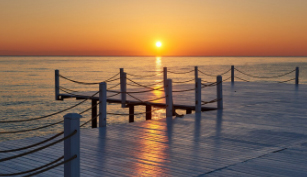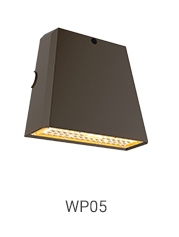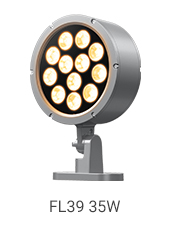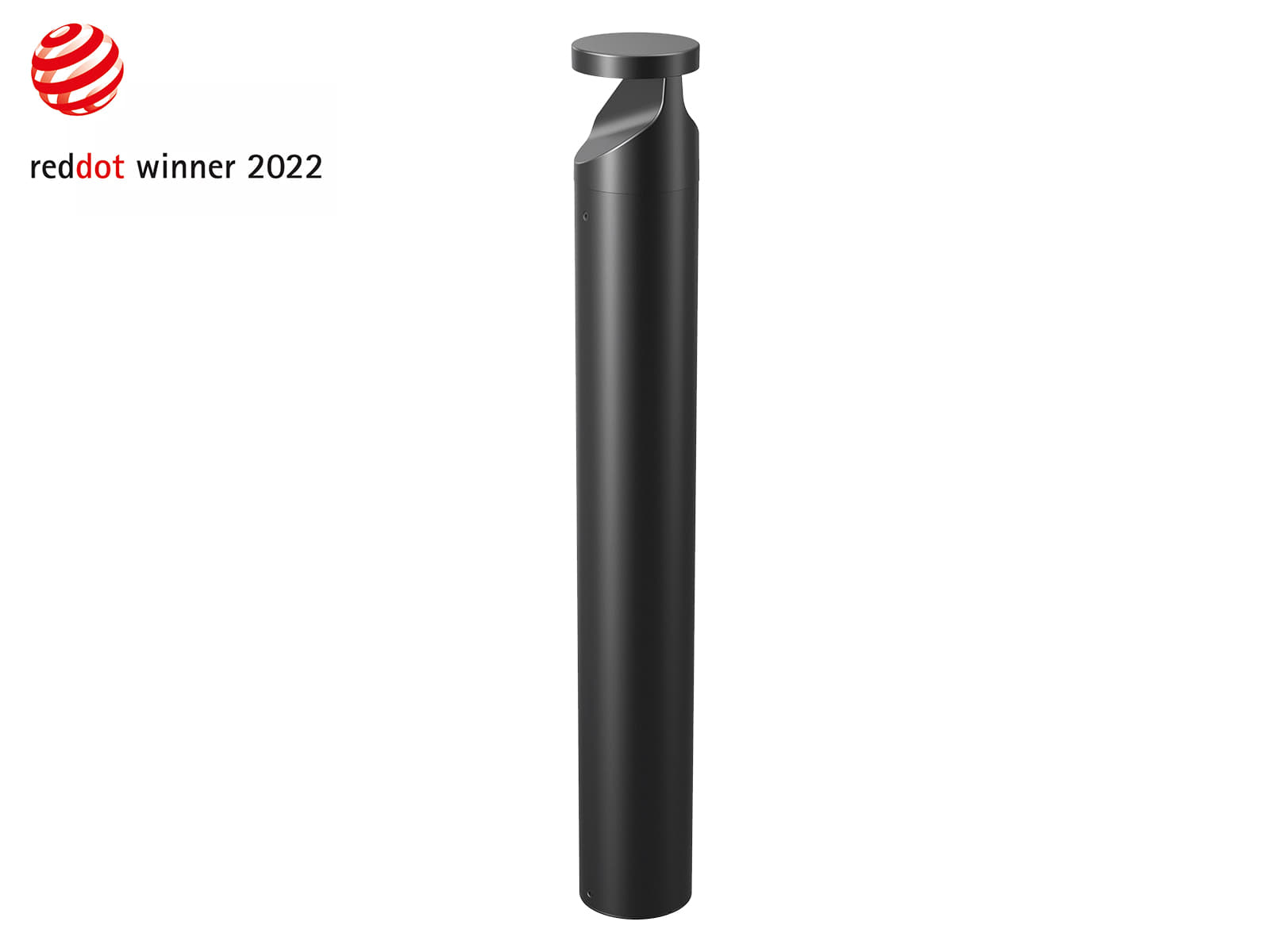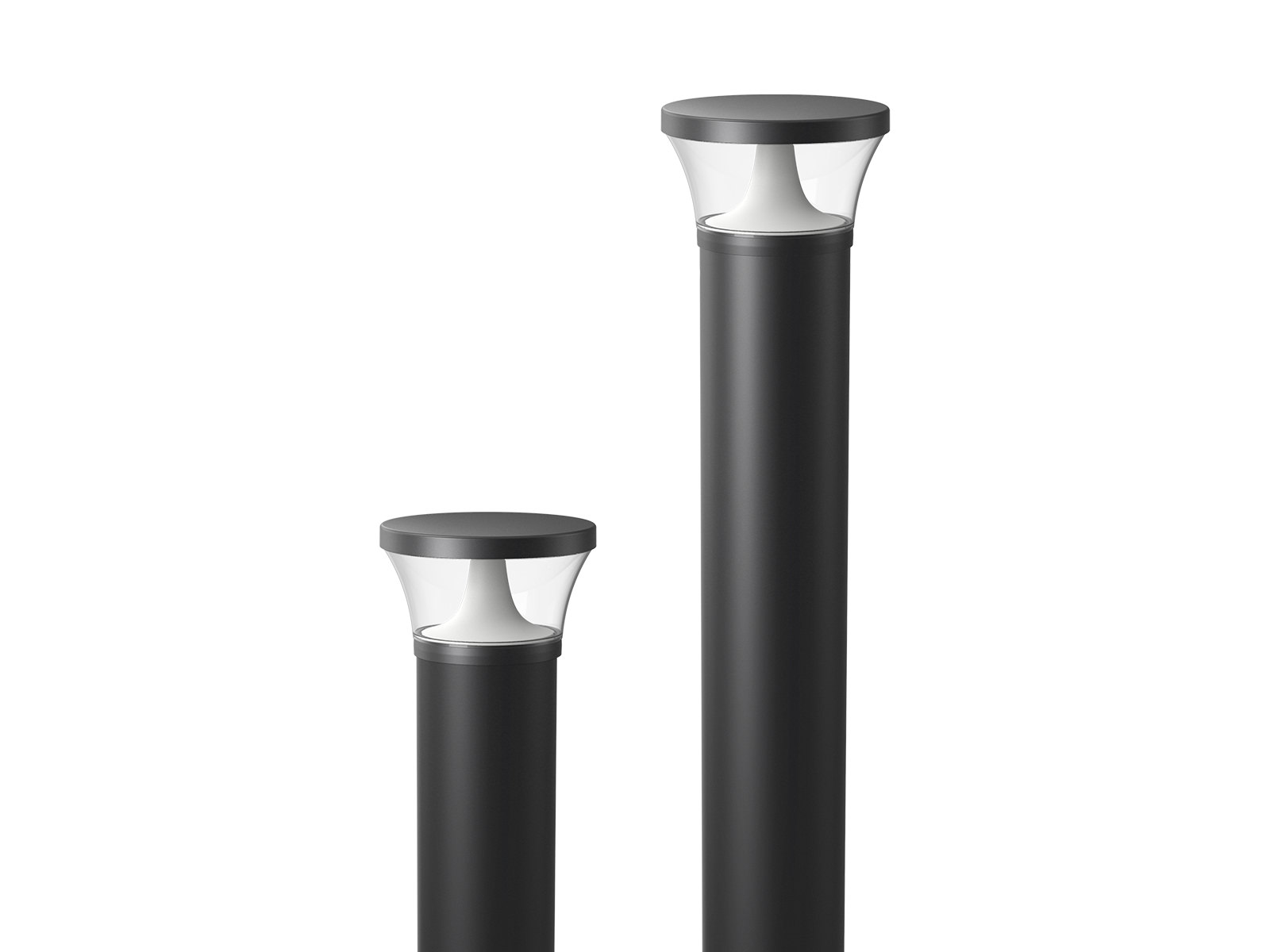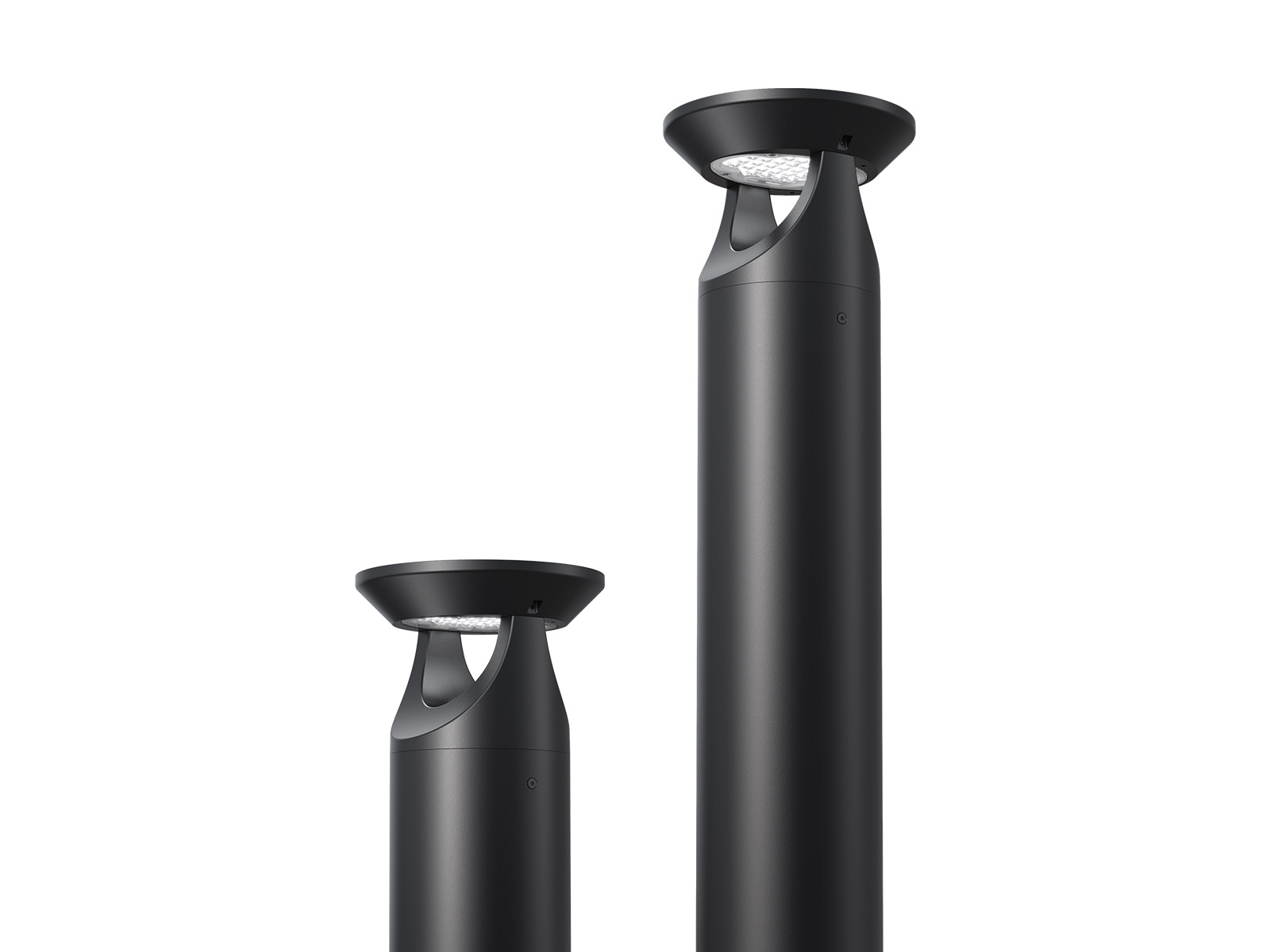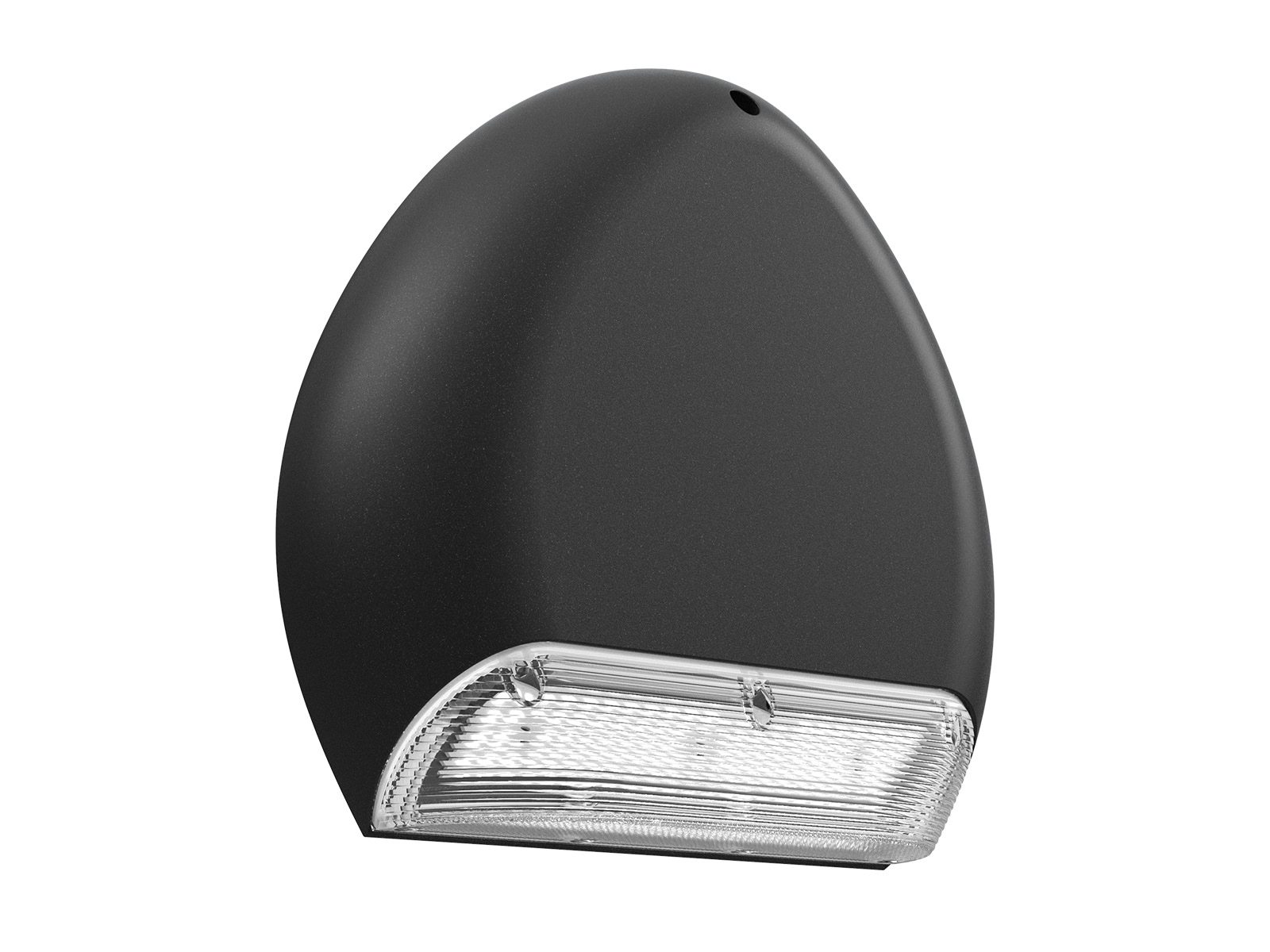When it comes to turtle-friendly lighting, what else comes to your mind besides using LED lighting fixtures with amber chips? Do you know the difference between amber chips from different suppliers? Let me share with you more information about it here.
Lighting requirement for coastal areas
Recently, one of my clients in Florida shared the exciting news that they have secured a project using our bollard lights specifically designed for coastal areas. Actually, it is not easy to win related projects in Florida because the requirement is more strict. Florida is an important nesting site and habitat for sea turtles, and as such, it has implemented a series of policies and measures to protect turtle populations.
Cable and Lighting Management is one of the policies: Florida has implemented measures to restrict the use of excessively bright or improperly positioned lights by buildings and facilities in coastal areas. This is because hatchling sea turtles are highly sensitive to light, and overly bright lights can disorient them, preventing them from heading toward the ocean. Additionally, Florida requires coastal buildings to use specially designed curtains or blinds to block indoor light from shining onto the beach.
Regarding Lighting fixtures, FWC recommends beachfront property owners follow the three golden rules, “Low-Shielded-Long” when installing or modifying lights. All three must be used in combination to be effective, as they are all equally important!
KEEP IT LOW
Fixtures must be mounted as low as possible to achieve the required light levels.
Bulbs must produce the lowest wattage/lumens necessary for the needed purpose.
KEEP IT SHIELDED
Fixtures must be completely downward-directed.
Fixtures must shield the bulb, lamp, or glowing lens from the beach.

KEEP IT LONG
The lamp/Bulb must produce only long wavelength light (560 nm or greater, which is amber, orange, or red)
The Best Current Technology: Red LED, Orange LED, Amber LED, Low-Pressure Sodium(LPS).
Please note, phosphorus phosphorus-converted bulbs, such as PC amber bulbs are not true long wavelength light sources, since there are wavelength readings below 560 nm.

Acceptable Fixtures
All exterior lights proposed for the seaward or shore perpendicular side of the structure should be well-shielded, full cut-off, downward directed fixtures with a long-wavelength light source (wavelength readings of 560 nanometers (nm) or higher).
If the exterior fixtures on the landward side of the structure are not visible directly or indirectly from the beach, they are only required to be downward-directed.
Acceptable Lamps / Bulbs
All fixtures visible from the beach should have a long-wavelength lamp – a bulb that looks amber or red because it only produces light with wavelengths of 560 nm or higher. White light such as metal halide, halogen, fluorescent, mercury vapor, and incandescent lamps can disorient nesting sea turtles and their hatchlings, leading them away from the water. The following fixtures will minimize – but not totally remove – the risk of disorientation if properly installed in a well-shielded, downward-directed fixture.
How can I tell if it is a long-wavelength light source?
Specifications for the wavelength are available from the manufacturer. Specifically, you can request a spectral distribution graph, as seen below.
The graph on the left displays an acceptable wavelength reading for a long-wavelength light source (i.e. amber lamp), with wavelength readings above 560 nm or higher. The graph on the right displays an unacceptable wavelength reading, with wavelength readings below the 560 nm cutoff.

At first, we didn't realize how important this wavelength was, so we wanted to use amber chips at a more competitive price. However, once we got the LM79 draft, we realized it was not what our client needed. You can check the below one, the green part is lower than 560 nm, which is not acceptable. Our client also refused it.
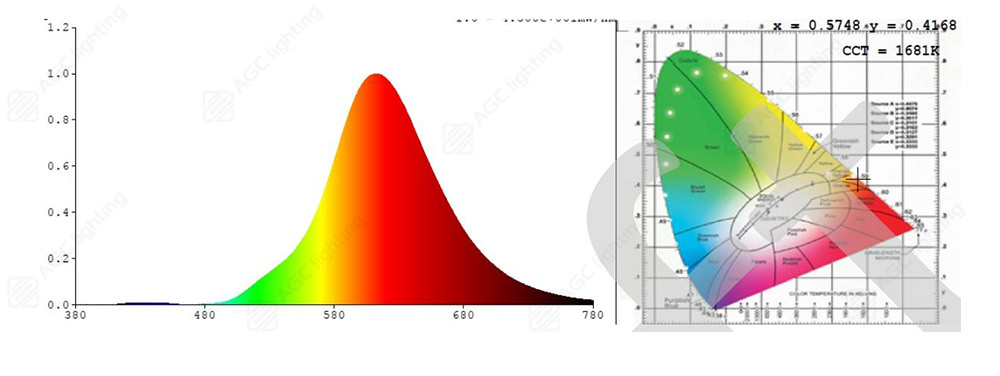
Then we use other kinds of amber chips - 20 by 20 lumileds amber chips, which is acceptable.
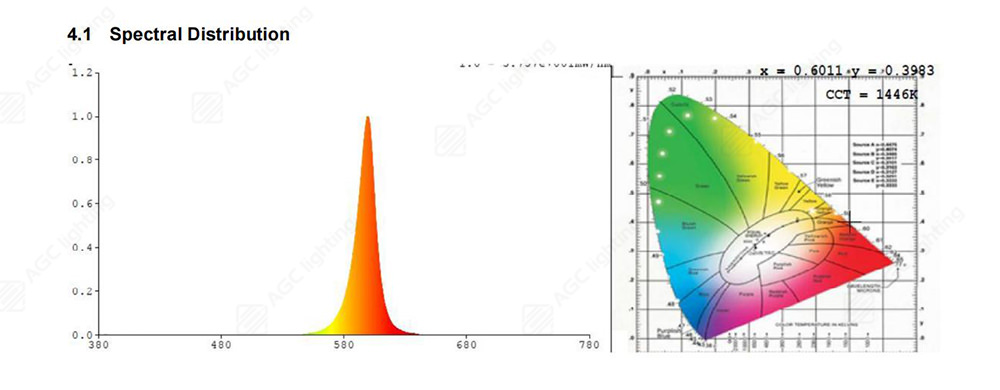
Minimizing Light
Even though a fixture/lamp combination may be Low-Shielded-Long, too many fixtures may still result in sea turtles becoming disoriented. In addition to the lowest wattage necessary for safety, light can also be minimized by installing fewer fixtures.
- Use the lowest wattage necessary.
- Use a minimal number of fixtures.
- Use only if needed for safety.
Why do I need to minimize long-wavelength light?
A common misconception is that long-wavelength lighting (i.e. LPS, Red, Orange, or Amber LEDs) is not visible to sea turtles. This is FALSE. Long-wavelength lighting is less disruptive than white light, but even long-wavelength lighting that is too bright may impact to sea turtles and their hatchlings! Therefore, we recommend only utilizing lights that may be visible from the beach if there are state or federal requirements for specific light levels to ensure public safety (such as stairs or egress/ingress walkways).
Above is all the information we want to share with you today. AGC provides various lighting fixtures with amber chips, if you want to know more, please contact us!
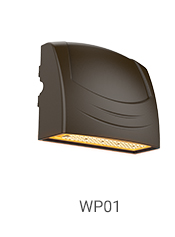 |
|
|
|
|
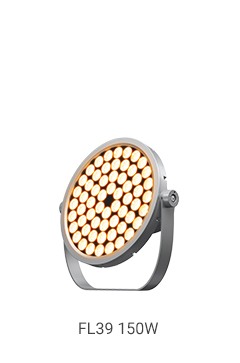 |
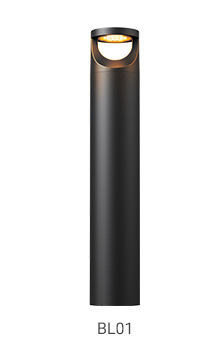 |
 |
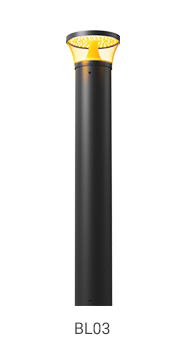 |
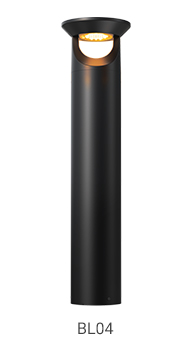 |


